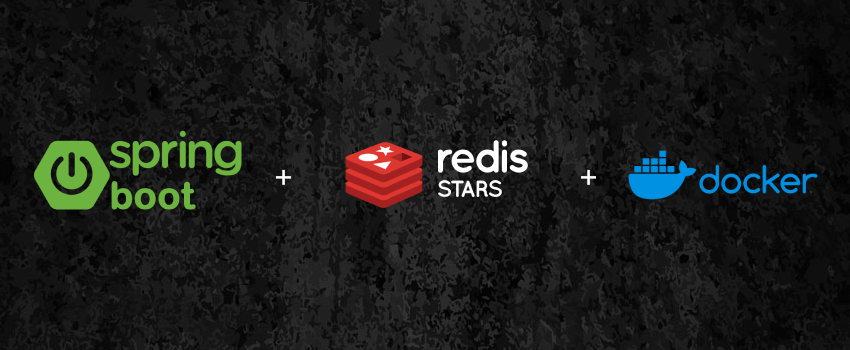Implement App Maintenance Mode with...
November 25, 2025
 Modern enterprise applications depend on low-latency, high-availability caching and Redis has become the go-to solution. But as deployments scale, security and clustering become mission-critical.
Modern enterprise applications depend on low-latency, high-availability caching and Redis has become the go-to solution. But as deployments scale, security and clustering become mission-critical.
In this guide, we’ll show how to build a production-grade Redis Cluster integrated with Spring Boot, secured with SSL/TLS, and orchestrated in Docker.
You’ll learn to generate certificates, configure a six-node cluster, connect with Spring Boot, and expose a REST API all while ensuring encryption, resilience, and observability. For deeper reference, see Redis SSL/TLS documentation and Spring Boot Data Redis guide.
This tutorial demonstrates setting up a Redis Cluster (3 masters + 3 replicas) with TLS/SSL and password authentication, running locally through Docker Compose.
A Spring Boot 3.x (Java 17+) app connects securely via Jedis or Lettuce clients.
Every step from certificate generation to cluster bootstrap and API testing is included below.
Redis traffic is plaintext by default. In production, that exposes sensitive keys and data to risks such as:
TLS/SSL encrypts all traffic and, when combined with proper certificate validation, guarantees secure identity verification between nodes.
Spring Boot → Redis Cluster (TLS) → Monitoring Stack (Prometheus + Grafana)
Each master node replicates to a replica, ensuring high availability. Monitoring tools capture metrics via the Redis Exporter.
(Tip: Use RedisInsight to visualize keys and cluster metrics.)
You’ll need:
For local testing, generate self-signed certificates.In production, use a certificate authority (CA) or an automated certificate manager such as Let’s Encrypt.
Generated files: ca.crt, ca.key, redis.key, redis.csr, redis.crt, redis.pem.
Read more: Complete Liferay 7.2 to 7.4 Migration Guide
Each node mounts the certificate directory.
Example redis.conf:
Start and bootstrap the cluster:
Run your Spring Boot app to test the secure cluster connection.
Try: GET http://localhost:8080/cache/set/hello/world then GET /cache/get/hello.
Use:
Example scrape target: :9121.
Import the official Redis dashboards from Grafana Labs.
1️⃣ Use ACL users and strong, rotated passwords.
2️⃣ Renew and rotate certificates regularly.
3️⃣ Restrict Redis to private networks only.
4️⃣ Implement mutual TLS when possible.
5️⃣ Apply firewall and Kubernetes NetworkPolicies.
6️⃣ Store secrets securely (Vault / AWS Secrets Manager).
Quick breakdown: Latest Trends in Software Development: AI, Cloud, IoT & Beyond
| Issue | Cause | Fix |
| SSLHandshakeException | Invalid CA or expired cert | Re-generate certs and confirm CA trust |
| No route to host | Docker network misconfigured | Re-check container names and bridges |
| Cluster slots not covered | Cluster not bootstrapped | Re-run redis-cli –cluster create |
| Slow commands | Memory or eviction issues | Inspect slowlog, tune maxmemory |
(Omitted for brevity replicate master / replica blocks with unique names and ports)
You’ve now built a secure, clustered, SSL-enabled Redis deployment running in Docker and integrated with Spring Boot.With proper monitoring, ACLs, and TLS, your Redis cluster becomes production-ready and compliance-safe.
To extend this setup with AI-driven caching, personalization, or real-time analytics, connect with our AI Agent Development team. For end-to-end enterprise implementation support, reach out to a trusted AI Development Agency and Company.